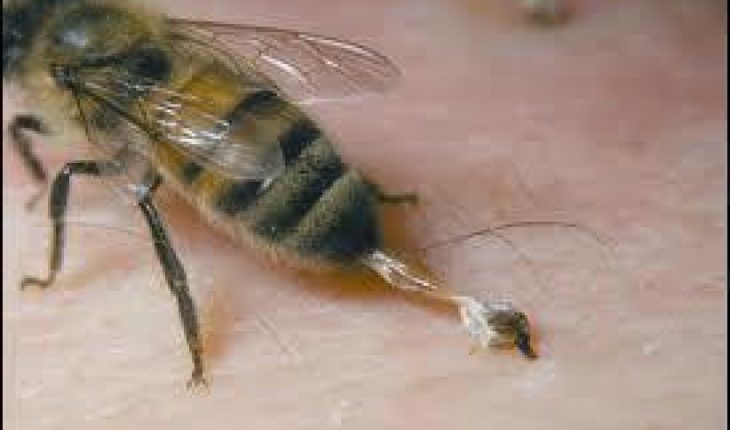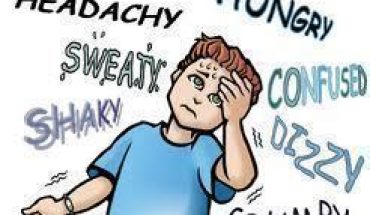For some people bees are a source of income, for others however they are pure terror because of their feared stings. When a bee attacks, the effects may not only be painful, or trigger swelling but allergic reactions may also emerge. The sting is usually harmless however in the case of an allergic reaction it has the propensity to become fatal. It is for this reason that knowledge of bee sting treatment is essential.
Many household remedies can be used as bee sting treatment. Although the use of home remedies in treating bee stings is quite prevalent, over the counter, and prescription medications may also be used to tackle bee stings.
Bee Sting Treatment
Bee sting treatment should commence with the removal of the stinger which may be lodged in the site of the sting. The sting may be identified as a small black dot at the site of the sting. This should be done as soon as possible and may be accomplished using a tweezer or fingers. Many doctors however, suggest the removal of the stinger by swiping a hard object such as a credit card or blunt knife over the site. Prompt and careful removal of the stinger may inhibit the effects of the attack since the venom may take some time to be released.
The area should then be washed with soap and water or alternately cleaned with alcohol. Subsequently a cool wet compress, or ice may be applied to the affected area. The inflammation may be soothed with a pasty combination of water and baking soda.
Home Remedies as Bee Sting Treatment
There are several home remedies that can be applied to bee stings. In addition to the baking soda and water concoction, applying slices of papaya, using a slice of raw onion, and sprinkling meat tenderizer on the site of the sting are popular home remedies. Ice or cold packs may also be applied in order to reduce inflammation.
Tobacco is another home remedy that can be used as bee sting treatment. The basic composition of tobacco, allows it to neutralize the acidic nature of a bee’s venom.
Pharmaceutical Bee Sting Treatment
Calamine lotion can be applied in order to help address itching and pain. Hydrocortisone cream may be applied to the site to decrease the severity of the reaction.
Antihistamines like diphenhydramine (Benadryl) in the form of a tablet and/or over the counter pain relievers such as ibuprofen or acetaminophen can also be used to successfully treat bee stings.
Additional Information
It is important that urgent medical attention be sought for victims of bee stings who: have a history of intense adverse reactions to bee stings, are experiencing lightheadedness, wheezing, coughing, nausea, and vomiting.
Additionally emergency medical care is required for individuals who have been stung in the nose or mouth whether they are known to be allergic or not. This is so since swelling that restricts breathing may occur.





